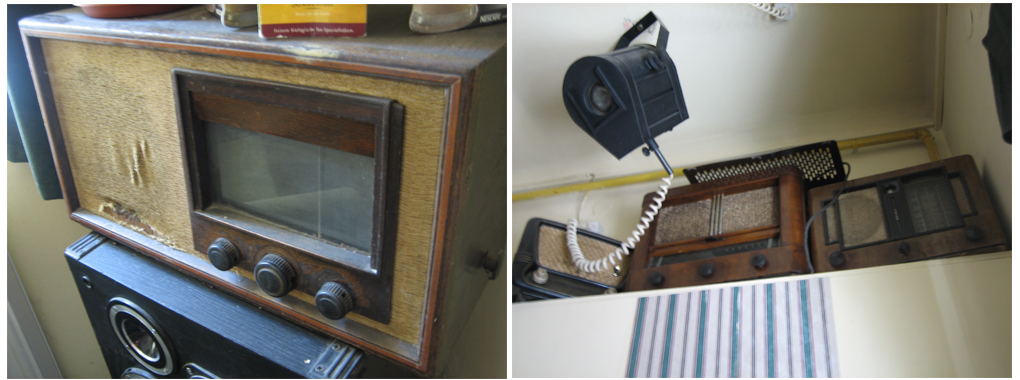
She did, however, find a world to gaze upon in puppetry, and she spent hours and hours as a child watching puppet shows in a local theatre devoted to the activity. It's now a cafe, so over some "capps", we discussed how things had changed, not just on the outside, but in her mind as well. Feelings were mixed, no doubt. As much as they were about loss, those feelings and perceptions came from discovery, not only of the new things, but the ones she had always known.

We decided to shoot the town and revel in art in and design. Some of the best art, we found, had been made by kids at a school.

At the ethnographic museum, Hungarians displayed their unrivalled skill at crafting obscure Transylvanian ceramic stoves...
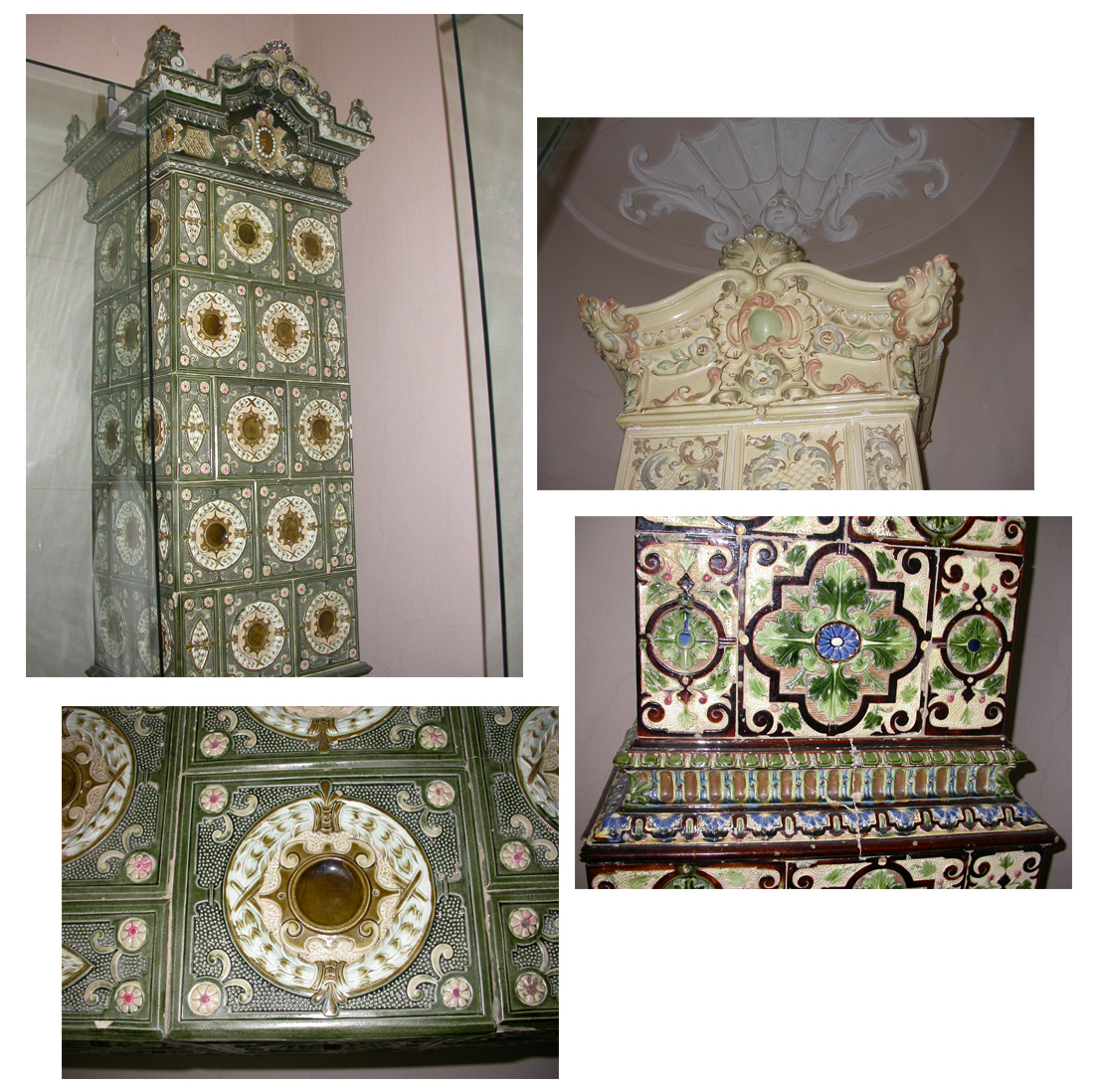
...and the Teleki Library houses thousands upon thousands of first edition texts of numerous languages and disciplines, from across written history. Highlights included: hand drawings of designs for turn of the century mechanical horses; Tycho Brahe's book on comets; the first texts ever printed in Hungarian and Romanian; a hieroglyphics chart; and Benjamin Franklin's first book on electricity. It's all under glass, lock and key, of course, but a family friend runs the place, so we got a decent tour.
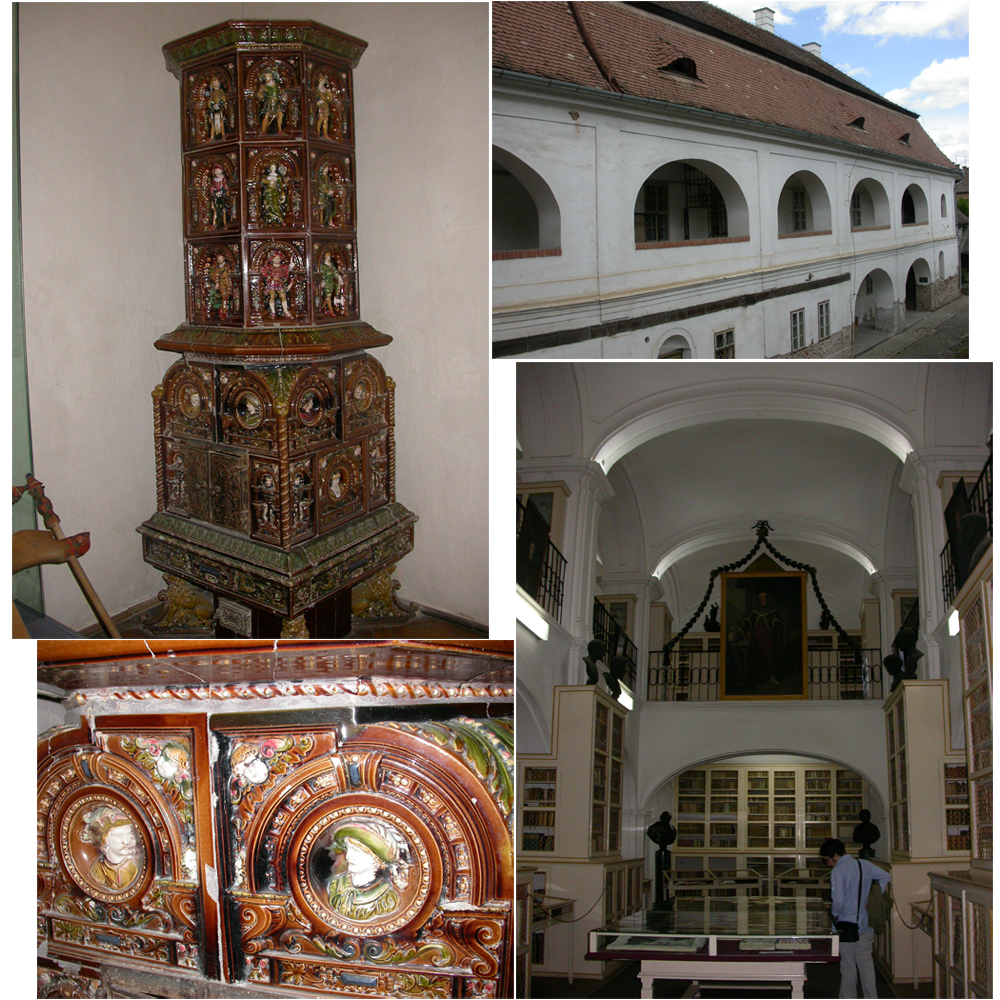
Also celebrated at the museum are Janos and Farkas Bolyai, the father and son who theorized non-Euclidian geometry (a huge hit for fans of three dimensions, and possibly those of the 4th and 5th). I got to see their original notes, and their skulls. They named my father's school after one of them, and it's only 450 years young.

My grandmother on my dad's side made her living at the Kultur Palota, teaching and playing violin. She taught scores of children across generations how to play, including a future conductor of world renown. My grandfather played there, too, and my dad attended hundreds of concerts in the theatre. I'm pretty sure the acoustics of the venue are hard-wired into my neural networks, in Jungian fashion.
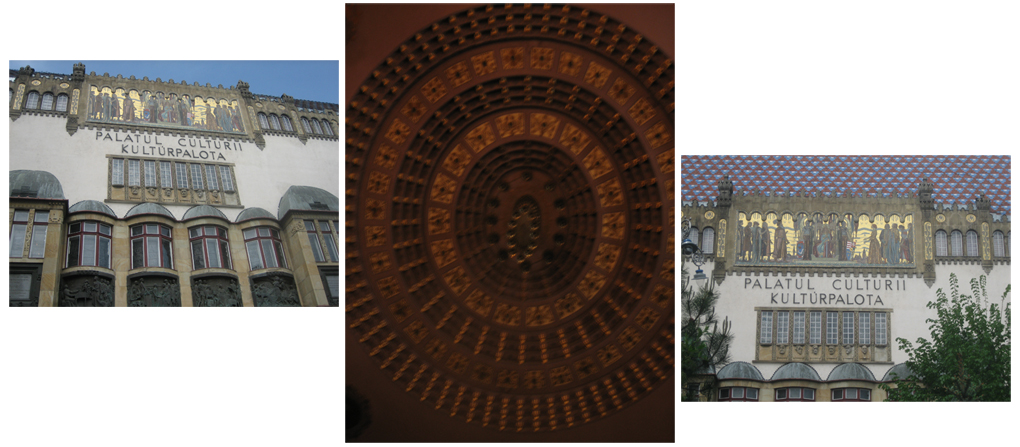
The innards are a shrine to Hungarian folklore, famous composers (Fransz Liszt) and nationalist heroes (Lajos Kossuth).

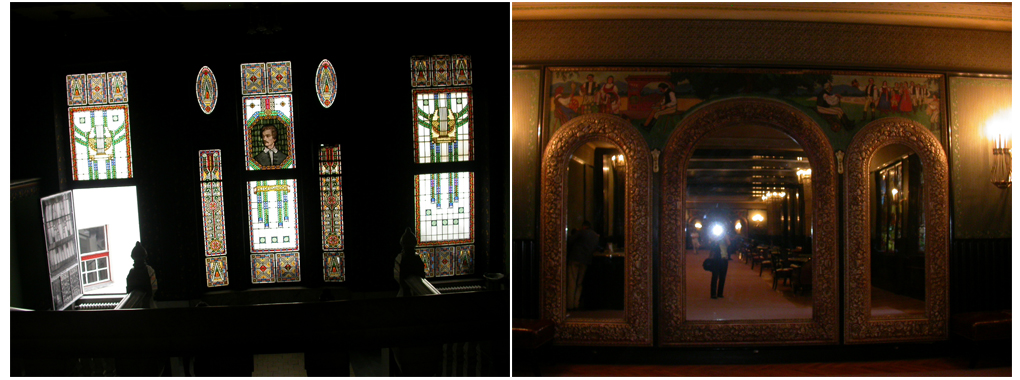
The Rumanian Orthodox Church was thoroughly Byzantine, not to mention enormous. It had no shortage of faithul visitors, who came to pray at lunch hour as if the world were about to end.
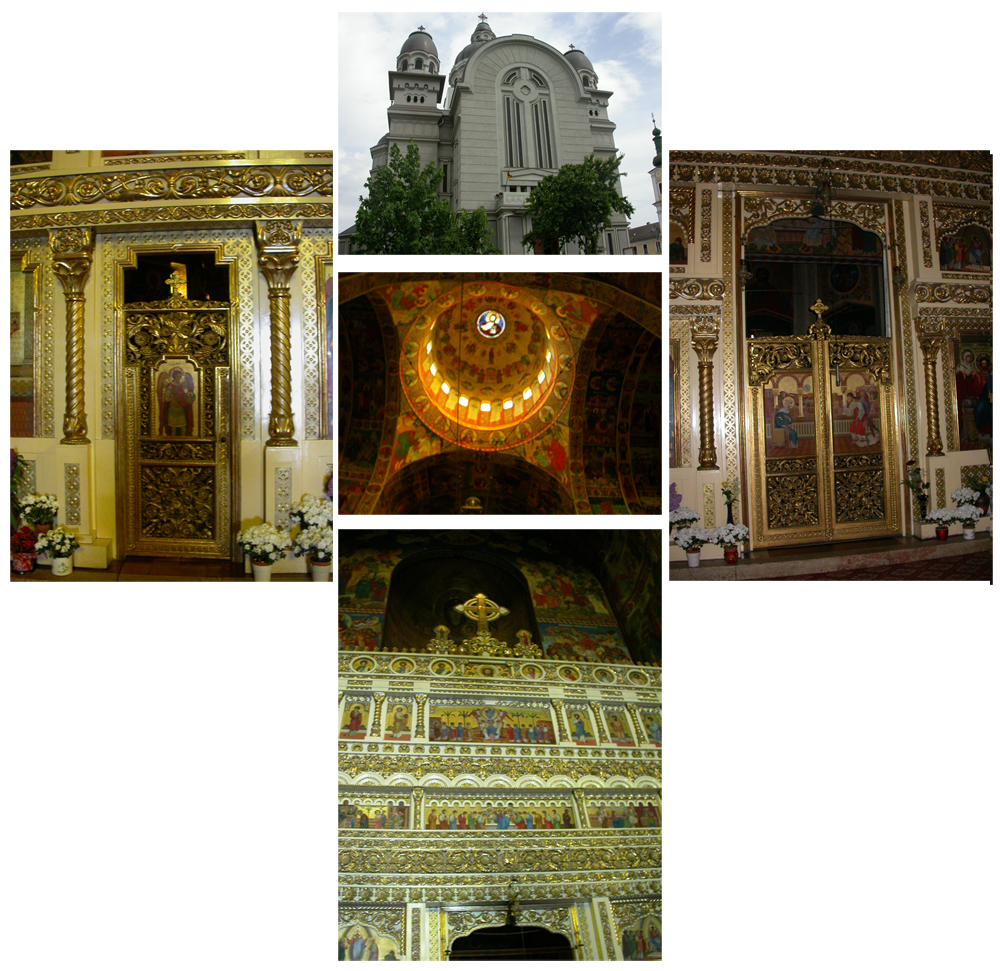
We could hear the bell ringing from a smaller church every morning near our place. We were disappointed to discover that the bell, so authentic from a distance, actually came through a speaker, from a tape. Also, the church was built as an exact, carbon replica of an older church that once stood in the same spot.
On the outside, you could light a candle for the living, and another for the dead.
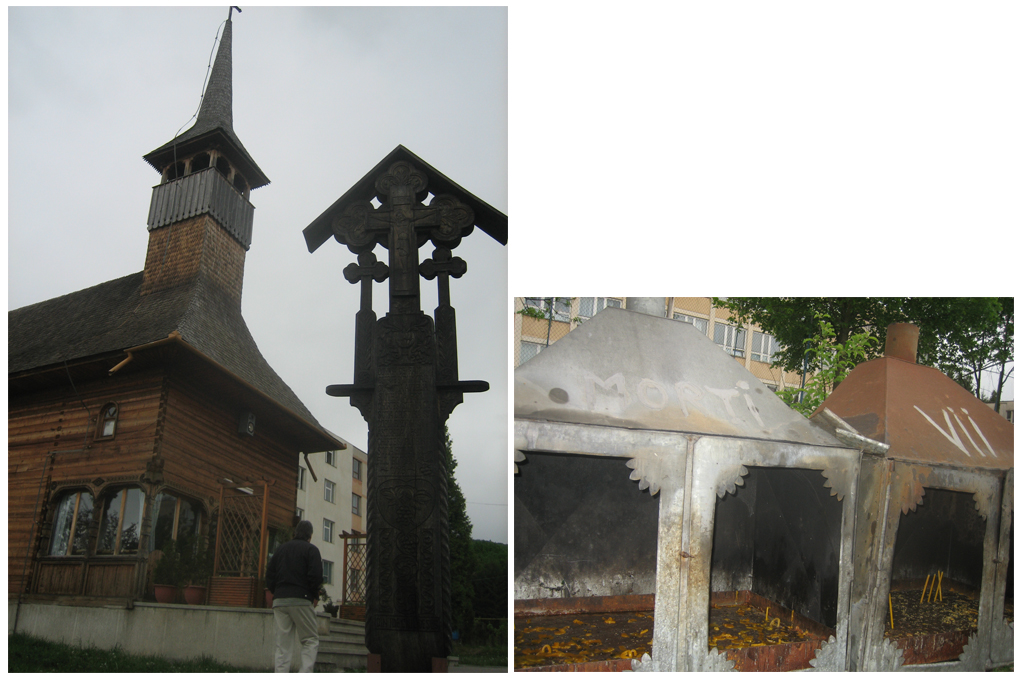
Sometimes traffic lights didn't work, and the odd Dacia from the 70s needed some work, but for the most part, cars were well kept in Tirgu Mures...except for their mufflers, which made the town stink like diesel, and the insanity of traffic in a town built before cars were invented.


ULTRA LATINA is a Romanian nationalist youth slogan, or something to that effect. The Hungarians respond by either crossing out the sign entirely, or by simply adding an R, so it would read "Ultra LatRina". Meanwhile, RATICIDE is used to poison dogs. I believe these posters are warning ads that list numbers to call in case you ingest some by mistake...oh, and apparently, BOYS and not Girls, suck.
In a couple of places, you can see more sloganeering, most specifically, ones that read "MURES TERITOARE ROMANESTE". How nice that they make us feel welcome in our own hometown.
Romanians have a name for Hungarians in Transylvania, "Bozgor", which most likely comes from Slavic origin ("bez gorod" in Russian means "without place"). Considering that Magyar tribes began settling Transylvania as early as the 700s, it's a pretty inaccurate statement. I don't mind abuse, as long as it's accurate.
Romanians believe that they are descended from Dacians, a group of people who fought against Romans who had a military presence in the area. According to the Daco-Roman theory, the central argument behind Romanian nationalism, the Dacians and Romans interbred, and thus was born the Romanian people, who then settled in the Carpathians for a few centuries, without leaving behind any traces of their civilization, and then of course when they came back down from the mountains, the Magyars oppressed them and drove them away.
This theory is rejected by a majority of specialists in the field. A more accpeted notion is that the Romanian people are of diverse origins, and are more likely to have come out of Albania and Greece as nomads who had close links with Italians. But because the Daco-Roman theory has been propped up by modern Romania, it's a deeply entrenched belief system, fuelled by Antonescu in WWII and perfected by Ceausescu afterwards. Nevermind that there is absolutely no direct or even indirect evidence to support this theory, not an iota of proof in a 1000 year period. Nevermind that the Magyar kings invited Wallachs (Romanians before they were referred to as such) to settle in Transylvania to avoid Russian and Turkish oppression. Nevermind that the Latinization of the alphabet was facilitated by Hungarians, whose church was under the jurisdiction of Rome (the Romanian Orthodox Church, under the Byzantine powers, was insistent upon Romanian retaining the Cyrillic alphabet). Nevermind that the Romanian people were able to freely develop their own national identity under this supposed period of Hungarian repression. Nevermind history, fact or common decency.
Thus, to the term "Bozgor", and the idea that Transylvania is the ancient homeland of Romanians, I object not on nationalistic, but factual grounds.
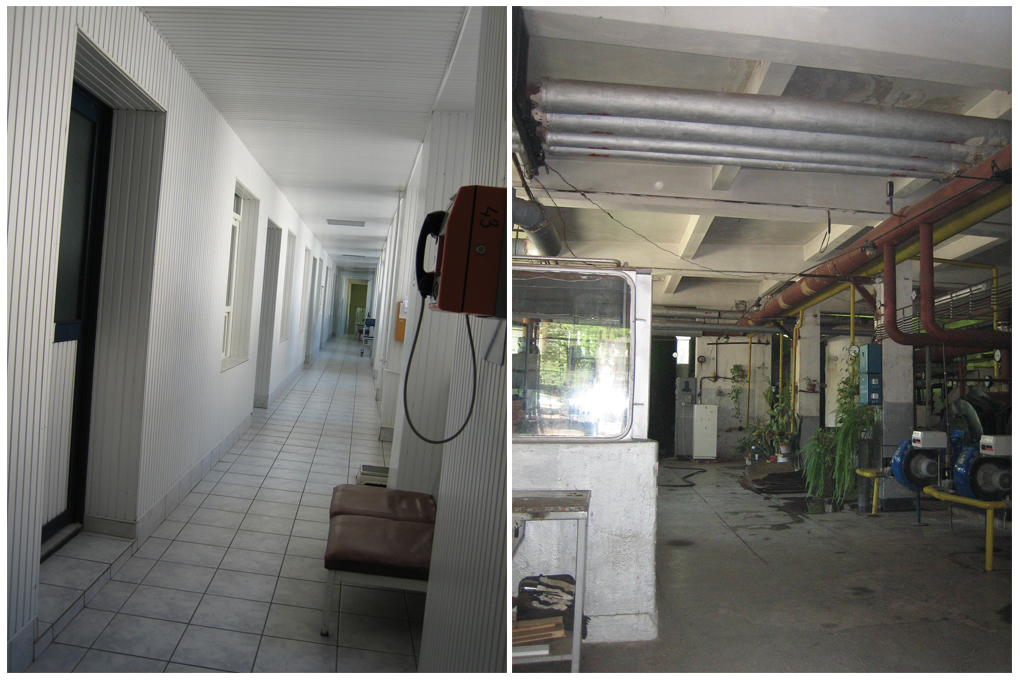
Everyone is in love in Romania, everyone. At the very beginning of each day, and at the very end of my night, I'd walk by Parcul Indragostitsilor - "Lovers Park". If I brought a Canadian girl to a park like this, she'd probably hit me or run away.

"Jesus ete bun cu noi!!!"
* Read parts ONE, TWO and THREE.

No comments:
Post a Comment